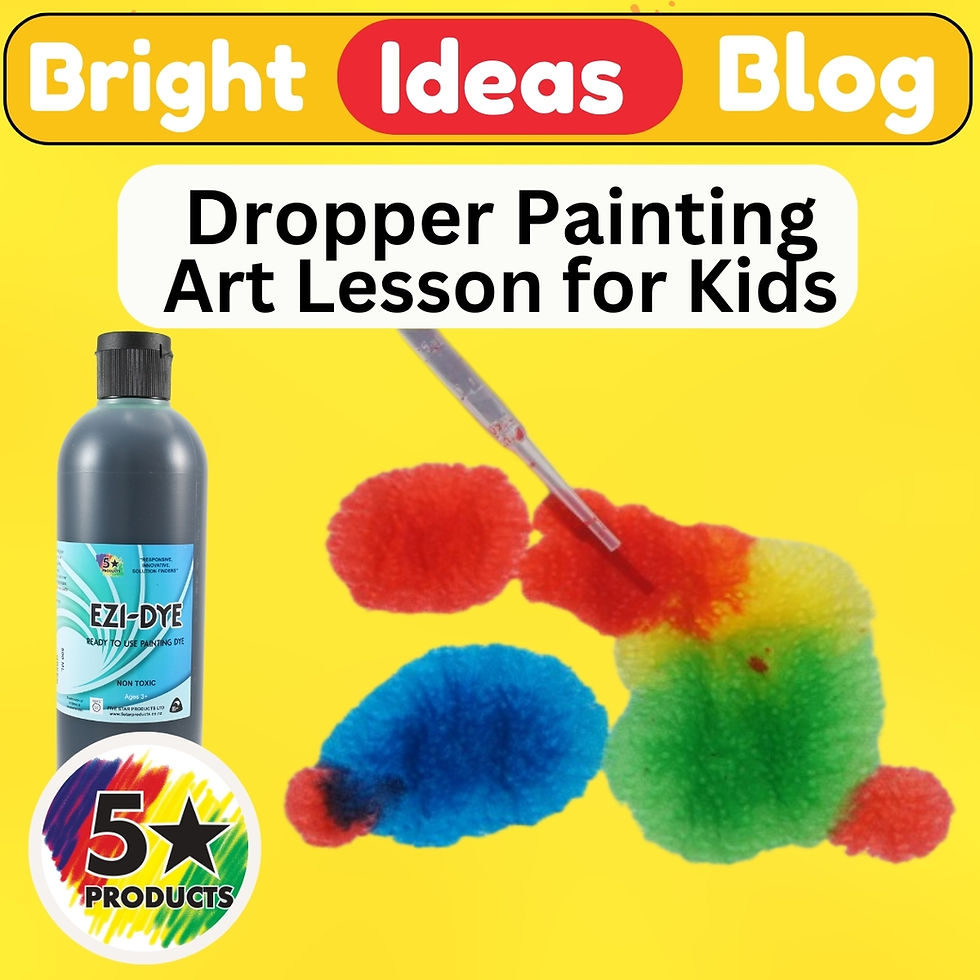Mastering the Colour Wheel, Made Easy with a Free Paint Colour Mixing PDF Template Download
- 5 Star Paints
- Jun 29, 2023
- 2 min read
#thecolourwheel #colourmixing #thetheoryofcolour #mixingpaintcolours #colormixing #freedownload #freecolourwheel

Understanding the Colour Wheel
Cracking Colour Harmony
We have included a Free PDF Colour Wheel Template at the bottom of this page to help with mixing paint colours:
Have you ever considered how designers and artists discover the ideal colour combination?
Want to know what colours look great together? The Colour Wheel makes colour combinations easy.

Introduction:
How do professional artists and designers find the perfect colour combinations and know how to mix colours?
They rely on colour theory, a practical blend of art and science that helps determine which colours complement each other. The colour wheel was devised in 1666 by Isaac Newton, who illustrated the colour spectrum in a circular format. Serving as the foundation of colour theory, the colour wheel demonstrates the relationships between colours.
Colour harmony occurs when colours blend seamlessly, creating a pleasing visual effect. Artists and designers purposefully utilise these harmonies to evoke desired moods or visual appeal. By following the principles of colour combinations and using the colour wheel, you can identify compelling colour mixtures by evaluating the relative positions of the different colours.
But you can do all this using a straightforward tool, the colour wheel. It's so easy once you know know how this works.

So let's dive in and discover the Colour Wheel:
To make this simple, we will start with only the three primary colours – red, blue, and yellow. These hues are considered primary because they cannot be created by mixing other colours together. They act as the foundation of colour mixing and hold the key to unlocking an array of vibrant shades.
Primary Colours:


Mixing Primary Colours:
By mixing any two primary colours together, we can create secondary colours. For instance, combining red and blue gives us Violet (see below), blending blue and yellow creates green, and mixing red and yellow produces orange. Secondary colours are exciting and versatile, providing a broader spectrum for artistic expression.

Tertiary Colours:
Unleashing Subtlety and Depth Once we have secondary colours at our disposal, we can further expand our palette by mixing them with the primary colours. This gives birth to the fascinating world of tertiary colours.
Combining a secondary colour with a neighbouring primary colour can generate hues such as yellow-green, blue-green, blue-violet, red-violet, red-orange, and yellow-orange. Tertiary colours possess a unique subtlety and depth, offering endless possibilities for artistic exploration.

FREE COLOUR WHEEL PDF DOWNLOAD
Download our FREE Colour Wheel and Colour wheel mixing template.
Practical Tips for Colour Mixing Success with Paint:
Start with small quantities of paint to avoid wasting materials while experimenting.
Use a palette or a clean surface to mix colours, allowing students to see the gradual transformation.
Encourage students to keep a colour mixing journal, noting down their experiments and labelling their newfound hues.
Provide a variety of paint brushes, sponges, or other tools for mixing, allowing students to experiment with different techniques and textures.
Create a supportive and open environment where students can share their colour-mixing experiences and learn from one another.
Conclusion:
One thing that makes painting so much fun is the magic of colour mixing.
Colour mixing is a foundational aspect of art education and an opportunity for students to discover their unique style and voice. By starting with primary colours, students can unlock a world of creativity by exploring secondary and tertiary colours.








Comments